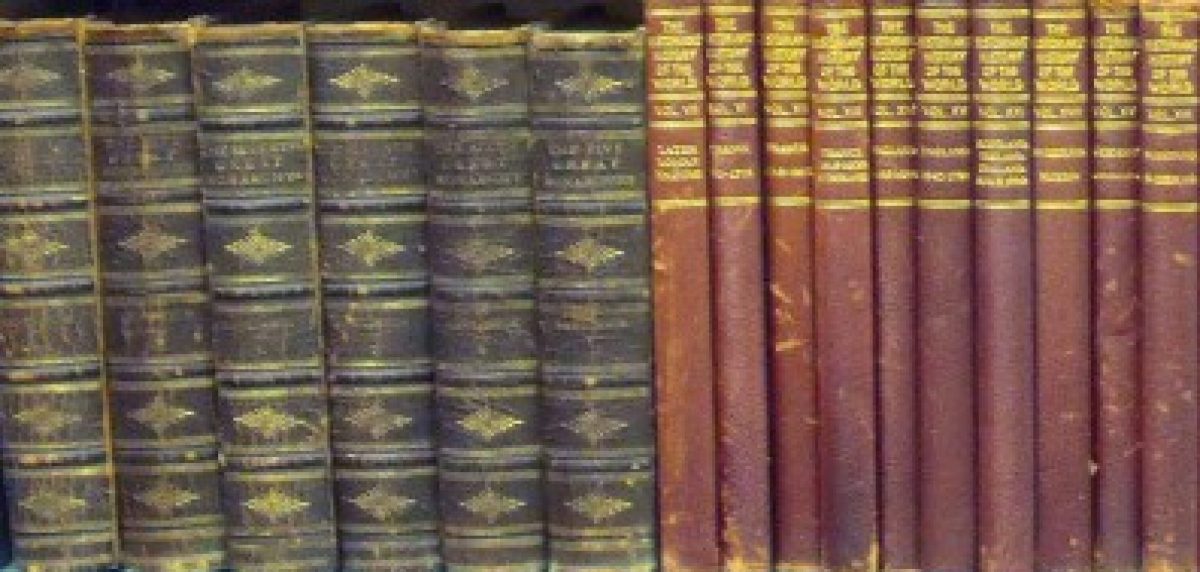I’ll follow that last post with some real science. Last year ,the whole scientific community was excited over the possibility that neutrinos could possibly travel faster than light. Unfortunately, that doesn’t seem to be the case. This was finally confirmed by studies by the OPERA team at CERN, as I read in this article in New Scientist.
The faster-than-light neutrino saga is officially over. Today, at the Neutrino 2012 conference in Kyoto, Japan, the OPERA collaboration announced that according to their latest measurements, neutrinos travel at almost exactly the speed of light.
“Although this result isn’t as exciting as some would have liked, it is what we all expected deep down,” said CERN research director Sergio Bertolucci in a statement.
Even though they do not travel faster than light, neutrinos are still interesting little particles. There are three different types, each associated with a lepton particle; electron neutrinos, muon neutrinos, and tau neutrinos. But the odd thing is that a neutrino can actually change its type or oscillates between the three types. Confirming this oscillation, is in fact, the real job of the OPERA team.
With the dust settling, OPERA is getting back to its real job: finding tau neutrinos. This week the team also announced that they have found the second-ever instance of a muon neutrino morphing into a tau neutrino, strengthening the case that neutrinos have mass.
But all of that was a sidebar to the experiment’s real goal: catching shape-shifting neutrinos in the act. Neutrinos come in three flavours: electron, muon and tau. Several experiments had seen evidence for neutrinos spontaneously switching, or oscillating, from one type to another. Those oscillations proved, to many physicists’ surprise, that the supposed massless particles must have some infinitesimal mass, and offered a route to explaining why there is more matter than anti-matter in the universe.
Before OPERA, all the evidence for neutrino oscillations came from disappearances: detectors would end up with less of a certain type of neutrino than they started with, suggesting some had morphed into other flavours. Then in 2010, OPERA found the first tau neutrino in a beam of billions of muon neutrinos streaming to the Gran Sasso detectors from CERN. The discovery was a big deal at the time, but the team said they needed more tau neutrinos to make it statistically significant.
Now, a second tau neutrino has shown up in the detectors, they report.
“This result shows that the collaboration is definitely and effectively back to its original goal of discovering neutrino oscillations in appearance mode,” De Lellis says.
OPERA will need at least six tau neutrinos to definitively claim they’re seeing the oscillation effect, so they’re not there yet. And when they do, they may find they’ve been scooped: in another experiment, the team behind the T2K detector in Japan announced this week that they have seen 10 muon neutrinos shifting into electron neutrinos.
The idea of neutrino oscillation is not a new one. Scientists first suspected this might be the case when only about one third the expected number of electron neutrinos were detected from the sun. It seemed as though something was badly wrong about our understanding of solar physics. But, if neutrinos have mass, they were believe to be massless at the time, and they could oscillate between the three types, than we would only detect about one third of the expected number from the sun. Detecting the oscillation would also confirm that neutrinos have mass and would be an important step in confirming the standard model of particle physics.
Related articles
- Neutrinos don’t outpace light, but they do shape-shift (newscientist.com)
- CERN Confirms Einstein’s Theory that Neutrinos Obey Light Limit (ibtimes.com)
- A Neutrino Success Story (profmattstrassler.com)
- Faster-than-light theory completely debunked (stuff.co.nz)
